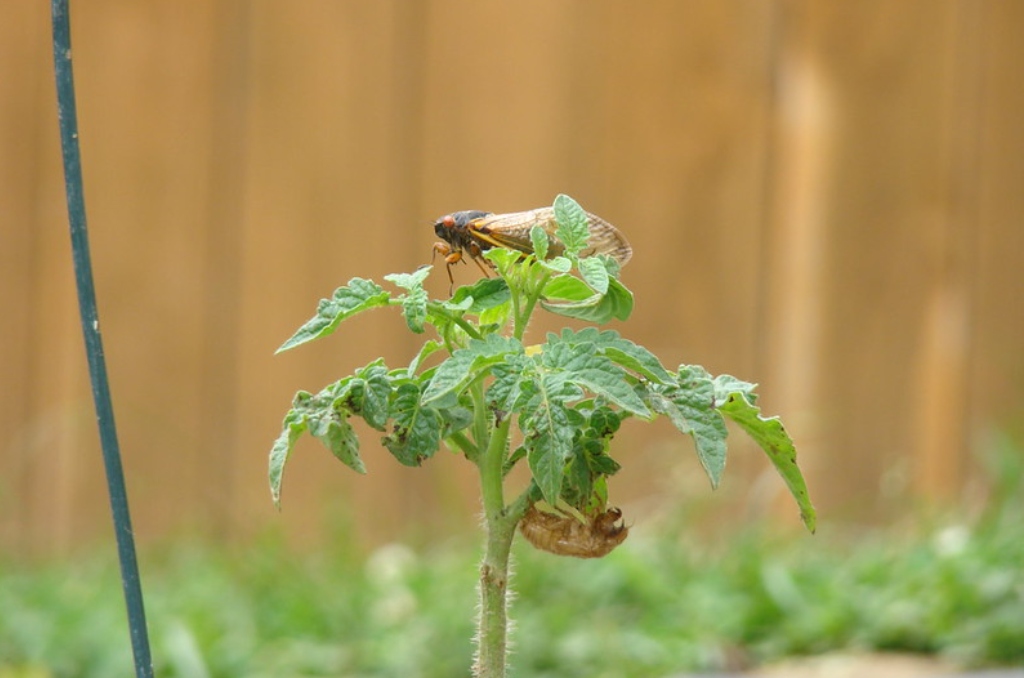Florida has a large variety of great natural sounds to look forward to. In fact, according to entomologists, 2020 might just bring about more cicadas than we are used to in Florida. We have our fair share of bugs here and they can be a nuisance, but sometimes, they can make nature beautiful with their colors and sounds.
Cicadas are a pretty fascinating bug when you break it down, not just because of the unique sound they create, but also because of their vast life-cycles. There are over 3,000 known species of cicada, and Florida has 19 of those species within state-lines. While the most popular group of cicadas known as the “periodical cicadas” won’t be found in Florida, you can find them in northern states such as North Carolina or Connecticut.
What cicadas are best known for is their very loud mating calls, which can be heard during the warmer months, often in unison echoing each other. Males make the loud buzzing sound which is what attracts the females to them. The reason for the loud sound is that the males try to compete for the strongest sounds in order to attract females.
Imagine thousands of cicadas in trees attempting to yell over one another, having a contest that rivals that of a large house party!
The cicadas in Florida are considered to be an annual species, as they emerge from the ground as soon as the temperature is right every year. Cicadas do not bite nor do they sting, thankfully. There is then no need to worry about these insects causing harm to you or your loved ones and even your four-legged children.
Keep your ears open for the sounds of cicadas. They sing. Yes, sing. One distinct feature of this insect is they may make a kind of drone or buzzing sound. ScienceDaily’s Derke Hughes, a research engineer at the Naval Undersea Warfare Center, provides a good description of where the cicadas sound comes from:
“If your body were like that of a cicada, […] you would have a thick set of muscles on either side of your torso that would allow you to cave in your chest so far that all your ribs would buckle inward one at a time into a deformed position. Releasing the muscle would allow your ribs to snap back to their regular shape and then pulling the muscle again would repeat this. The cicada repeats this cycle for its left and right sides about 300 to 400 times a second.”
The cicadas are a superfamily, the Cicadoidea, of insects in the order Hemiptera (true bugs). They are in the suborder Auchenorrhyncha, along with smaller jumping bugs such as leafhoppers and froghoppers. The superfamily is divided into two families, Tettigarctidae, with two species in Australia, and Cicadidae, with more than 3,000 species described from around the world; many species remain undescribed.
Cicadas have been featured in literature since the time of Homer’s Iliad, and as motifs in art from the Chinese Shang dynasty. Cicadas are eaten by human beings in various countries, including China, where the nymphs are served deep-fried in Shandong cuisine. They have also been used in myth and folklore as symbols of carefree living and immortality.
Chris began his writing as a hobby while attending Florida Southern College in Lakeland, Florida. Today he and his wife live in the Orlando area with their three children and dog.

